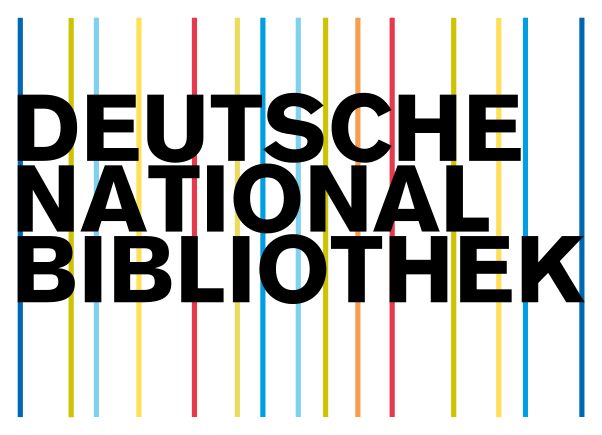Green Mobile Communication
DOI:
https://doi.org/10.5281/zenodo.4247791Keywords:
Multiple Input Multiple Output (MIMO), Base Station (BS), Small Cell Access Point (SCA), Direction of Arrival (DOA), Base Transceiver Station (BTS), Quality of Service (QoS)Abstract
The world is moving to 5G technology where MIMO, small cell technology places a vital role. There is a linear relationship between generations and total power consumed. The capacities, speed of the data rate are the parameters for the upcoming generations which consume more power. Gupta, A., & Jha, R. K. Stated that, to improve the cellular energy efficiency, network topology must be densified and a combination of two densification approaches namely “massive” multiple-input multiple-output (MIMO) base stations and small cell access points are analysed in this paper[1]. The proposed Network Architecture reduces the traffic to the main base station and improves Quality-of-Service (QoS) to each user thus reducing power consumption. We have also performed simulations which show how the power consumption can be reduced by combining MIMO and small cells.
Downloads
References
Gupta, A., & Jha, R. K. (2016). Power optimization using massive MIMO and small cells approach in different deployment scenarios. Wireless Networks, 23, 959–973.
Bjornson, E., Kountouris, M., &Debbah, M. (2013). Massive MIMO and small cells: Improving energy efficiency by optimal soft-cell coordination. In 2013 20th International Conference on Telecommunications (ICT) (pp. 1–8).
Hoydis, J., ten Brink, S., &Debbah, M. (2013). Massive MIMO in the UL/DL of cellular networks: How many antennas do we need? IEEE Journal on Selected Areas in Communication, 31(2), 160–171.
Park, J., Lee, G., Sung, Y., & Yukawa, M. (2013). Coordinated beamforming with relaxed zero forcing: the sequential orthogonal projection combining method and rate control. IEEE Transactions on Signal Processing, 61(12), 3100–3112.
E. Bjornson, N. Jald ¨ en, M. Bengtsson, and B. Ottersten, “Optimality ´ properties, distributed strategies, and measurement-based evaluation of coordinated multicell OFDMA transmission,” IEEE Trans. Signal Process., vol. 59, no. 12, pp. 6086–6101, 2011.
S. Cui, A. Goldsmith, and A. Bahai, “Energy-constrained modulation optimization,” IEEE Trans. Wireless Commun., vol. 4, no. 5, pp. 2349– 2360, 2005.
D. Ng, E. Lo, and R. Schober, “Energy-efficient resource allocation in OFDMA systems with large numbers of base station antennas,” IEEE Trans. Wireless Commun., vol. 11, no. 9, pp. 3292–3304, 2012.
Bjo¨rnson, E., Larsson, E. G., & Marzetta, T. L. (2016). Massive MIMO: Ten myths and one critical question. IEEE Communication Magazine, 54(2), 114–123.
Liu, P., Luo, K., Chen, D., & Jiang, T. (2018). Spectral efficiency analysis in cell-free massive MIMO systems with zero-forcing detector. IEEE Transaction on Communication. https://arxiv.org/ abs/1805.10621.
Holma, H., &Toskala, A. (2012). LTE advanced: 3GPP solution for IMT advanced (1st ed.). New York: Wiley.
Bjo¨rnson, E., &Jorswieck, E. (2013). Optimal resource allocation in coordinated multi-cell systems. Foundations and Trends in Communications and Information Theory, 9(2–3), 113–381.
M. Bengtsson and B. Ottersten, “Optimal and suboptimal transmit beamforming,” in Handbook of Antennas in Wireless Communications, L. C. Godara, Ed. CRC Press, 2001.
M. Bengtsson, “Jointly optimal downlink beamforming and base station assignment,” in Proc. IEEE ICASSP, 2001, pp. 2961–2964.
S. Boyd and L. Vandenberghe, Convex Optimization. Cambridge University Press, 2004.
J. Sturm, “Using SeDuMi 1.02, a MATLAB toolbox for optimization over symmetric cones,” Optimization Methods and Software, vol. 11-12, pp. 625–653, 1999.
CVX Research Inc., “CVX: Matlab software for disciplined convex programming, version 2.0 beta,” http://cvxr.com/cvx, 2012.
Downloads
Published
How to Cite
Issue
Section
URN
License
Copyright (c) 2020 Perspectives in Communication, Embedded-systems and Signal-processing - PiCES/ WorldServe Online

This work is licensed under a Creative Commons Attribution 4.0 International License.






